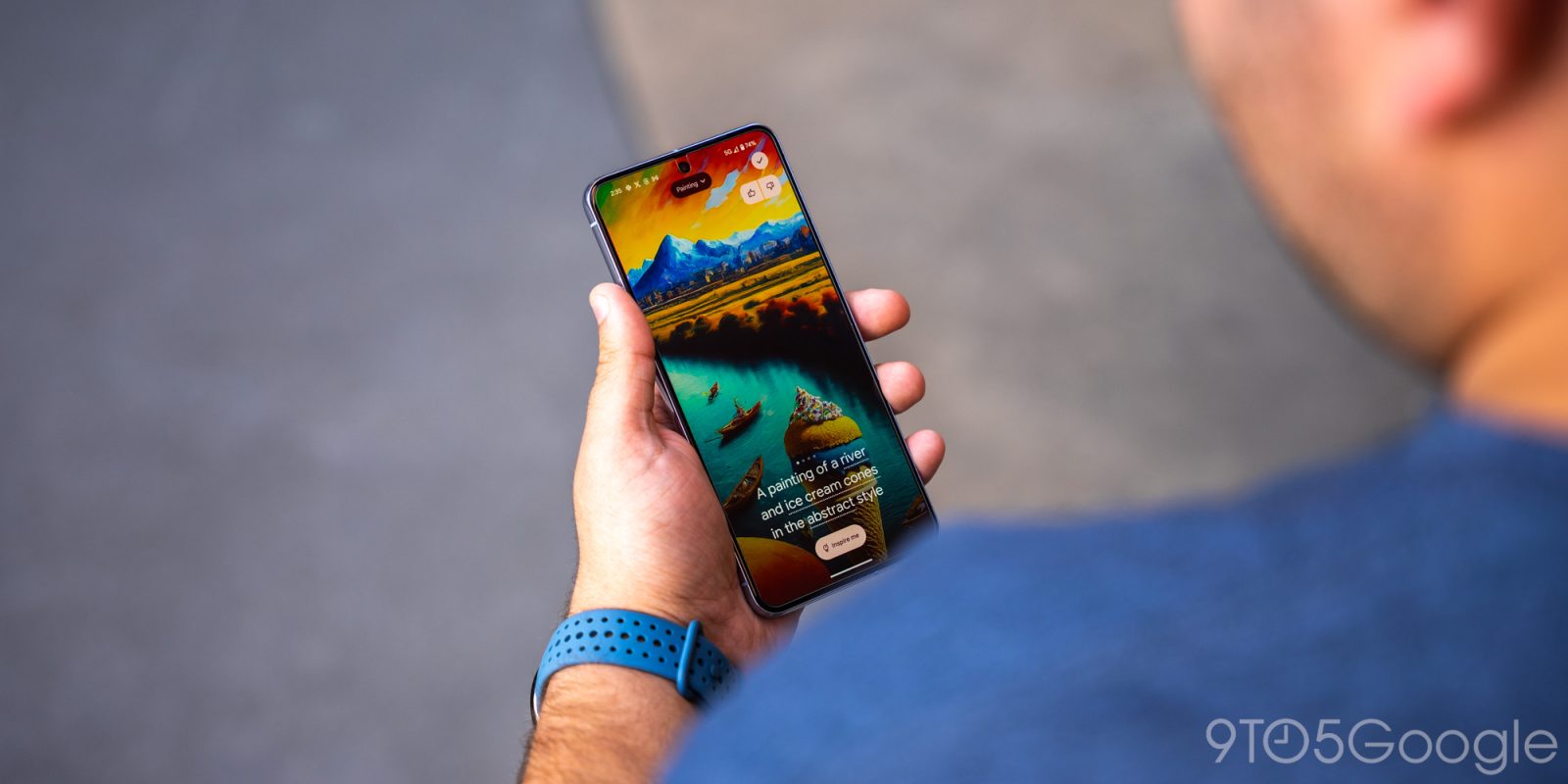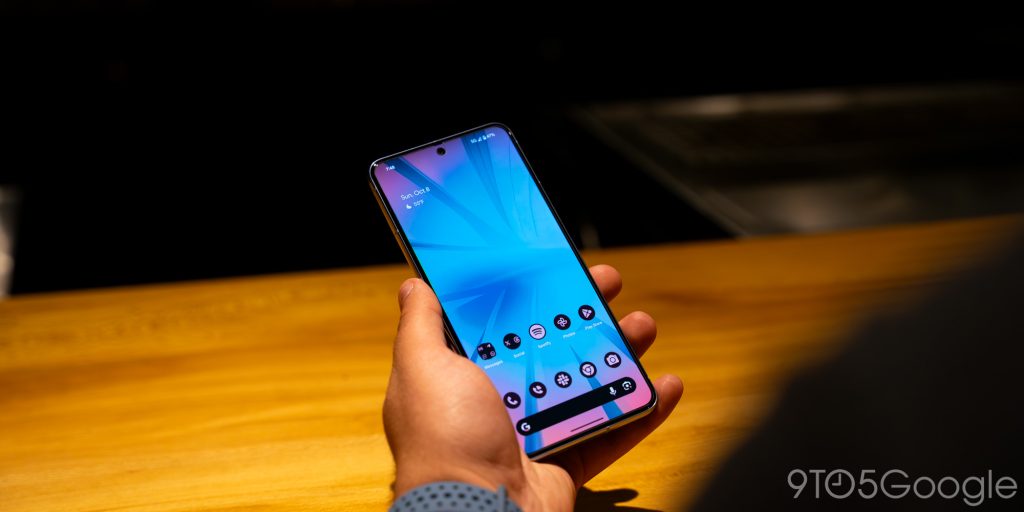
There are quite a few big upgrades on the Pixel 8 series, such as the new 7-year update commitment, but on a hardware level, the biggest upgrade is easily Google’s new “Actua” displays, which finally puts Google in the same league as its biggest competitors.
Google Pixel phones have never really tried to compete with the likes of Samsung and others on the sole basis of hardware. Even before the switch over to Tensor, Pixel phones often had less memory, storage, or an outdated something compared to the latest Galaxy or OnePlus device. And, for the most part, that’s been fine, but it has sometimes also led to some bits of the hardware falling a bit behind.
The display is one area where it’s long felt like Pixel phones have been especially far behind.
Pixel 7 Pro, for example, didn’t have a bad display, but it fell well short of other 2022 Android flagships, and also couldn’t hold up to Apple’s iPhone 14 Pro series, which really upped the ante for Apple’s displays. Brightness is where it was especially clear Google was falling behind, with Pixel 7 Pro maxing out at 1,500 nits, but iPhone 14 Pro Max going up to 2,000.
With the Pixel 8 series, though, Google has really stepped things up.
Pixel 8 has a 120Hz display that maxes out at 2,000 nits, and the Pixel 8 Pro also hits 120Hz, but at up to 2,400 nits.
These are the brightest displays on a smartphone sold in the US, as Samsung currently maxes out at 1,750 nits on the Galaxy S23 Ultra.
Google is hitting these new heights with “Actua” and “Super Actua” displays (on the regular Pixel 8 and Pro, respectively), and it goes beyond just the brightness. In our review, we praised Google’s new display for its colors, vibrancy, and the quality of the panels being the best since the Pixel 4 series.
Colors are vibrant but not oversaturated, and this display feels sharper than past Pixels. Where the Pixel 6 Pro and Pixel 7 Pro both almost felt like there was more space between the glass and the actual display panel, the Pixel 8 Pro feels more like “paper.” For lack of a better comparison, it feels on par with the iPhone or a Galaxy S23 series device and is the first Pixel I’ve felt has managed that feeling since the Pixel 4/XL.
- Google Pixel 8 Pro Initial Review: It’s all coming together
- Pixel 8 Initial Review: Google made the small phone of my dreams
“Actua” is, in all likelihood, probably just a fancy marketing name that Google wanted to use since, after all, many competitors do the same sort of thing. But even if that is the case, Google still had to pick these panels and choose to fine tune them to this point. And it seems more advanced testing agress with our consensus. DXOMark awarded Pixel 8 Pro and Pixel 8 with its #1 ranking for smartphone displays, in the “Ultra-Premium” and “Premium” categories, especially praising the color accuracy and “readability.”

In this author’s opinion, this really feels like the first year that Google is challenging the competition that matters (Samsung and Apple) on a hardware level here. Of course, that lead probably won’t last long. We’ve already seen some Android phones push the brightness cap well beyond 2,400 nits, and Samsung, as the maker of most great smartphone displays, is rumored to bring an upgrade for its Galaxy S24 series.
But, in the meantime, Google has pulled off an absolute win.
More on Pixel 8:
- Google Pixel 8 Pro Initial Review: It’s all coming together
- Pixel 8 Pro survives durability test better than 7 Pro [Video]
- Review: Google’s Pixel 8 & Pixel Fold cases turn grip into a bad thing – bring back fabric
FTC: We use income earning auto affiliate links. More.


Comments